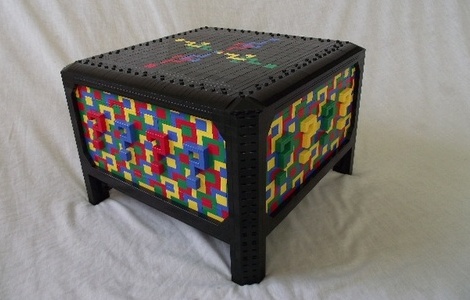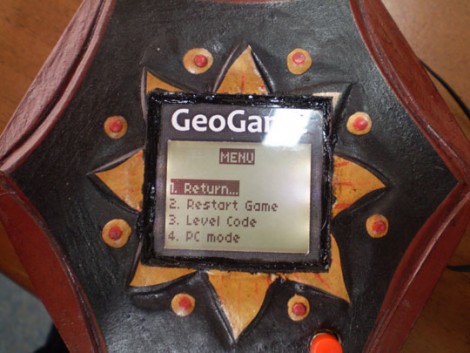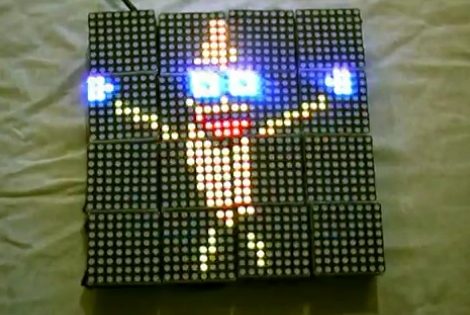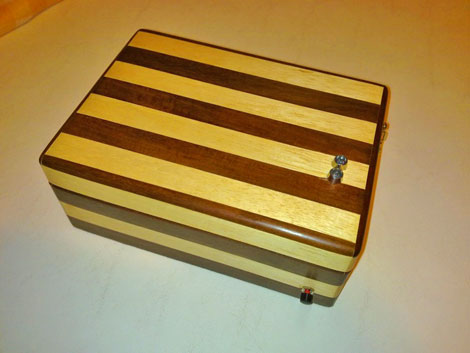
[Todd] recently completed completed his biggest LEGO project, and its pretty wild. The Mystery Box is an 8 compartment LEGO brick puzzle box, covered in a psychedelic pattern of interconnecting question marks.
The question mark pattern was inspired by a few things, the book called “The Curious Incident of the Dog in the Nighttime” contained an illustration that looked sort of like a M.C. Escher painting, which with some looking around brought up tessellation. With the look in mind [Todd] sat down with a paint program, drew out a grid, and started flood filling blocks until the pattern was perfect.
In puzzle box tradition, to gain access to the contents you must remove each compartment in the specific mystery order, and to accomplish this was no easy task. Lego Digital Designer was used to prototype everything on the box and then once happy, [Todd] broke the model down for a parts count.
Nearly 8,000 parts, 35 brick orders, and some long waits, the box was finally completed and its definetly worth a look. If you’re not that extreme, they also make cool electronics enclosures.



















